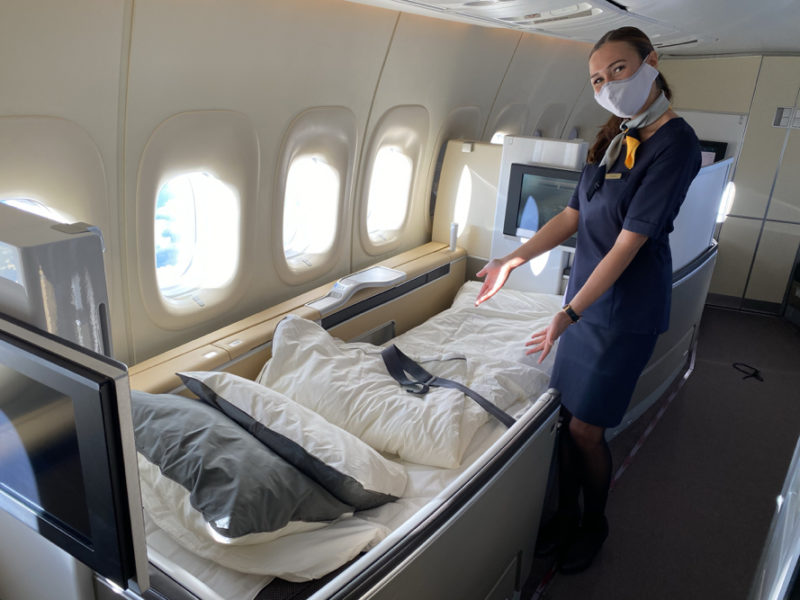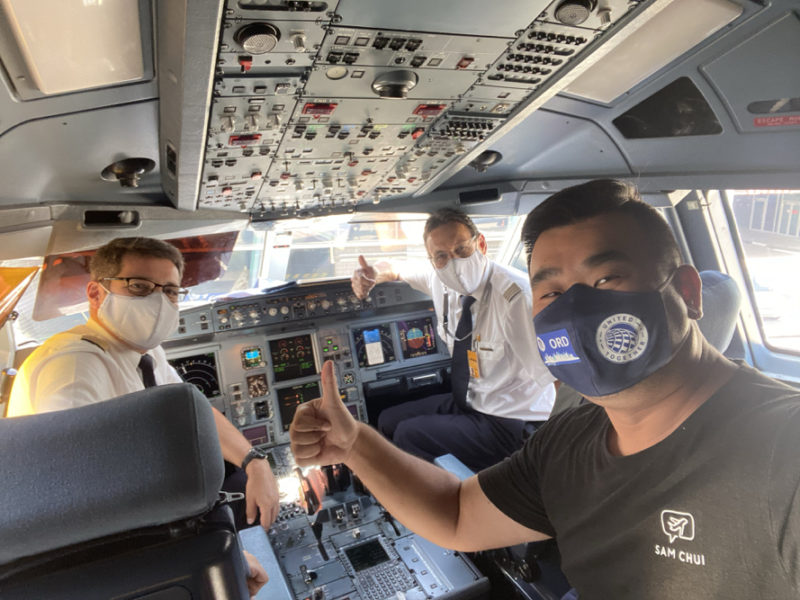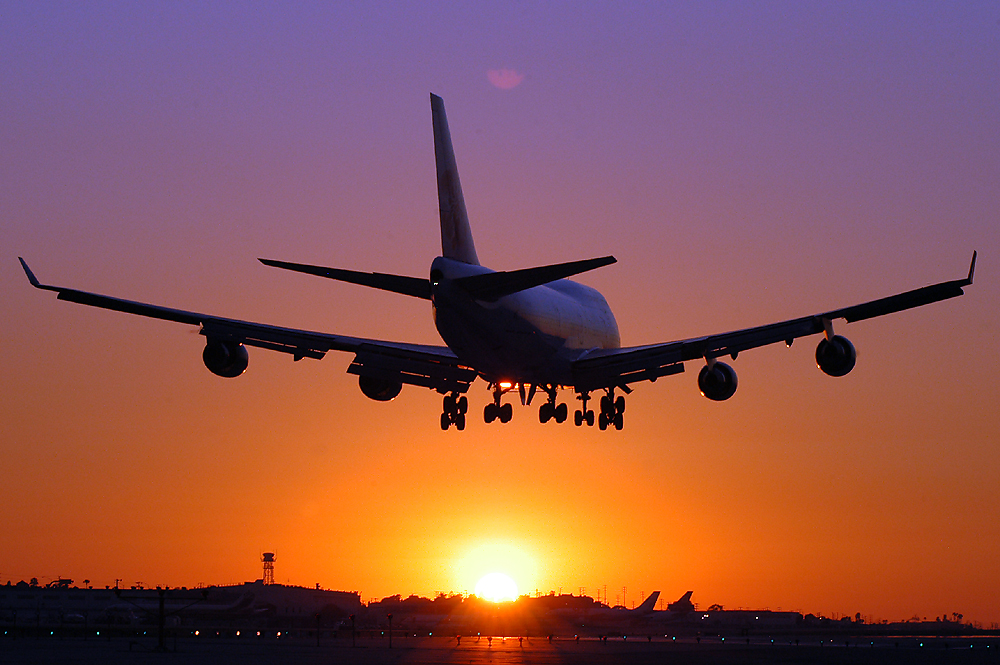In recent times, airlines have shown a collective intent to quickly rebuild network connectivity at any cost. To this effect, after what has felt like epochs for some, we have been hearing the roars of the turbofan more frequently again in the past few weeks. In turn, airlines are now focusing on slowly re-solidifying their positions in their core markets; thereby signalling to the world that they have indeed navigated beyond the worst of the crisis.
A big question mark still lingers over the notion of genuine demand recovery, whereby in the factors of when, where, who and how there is much that still remains uncertain.
Throughout the crisis period we have been exposed to countless scenarios and forecast models, the majority of which have proven to be well off the mark. 2023 is considered as a popular projection for demand recovery, however a “Nike Swoosh-Shaped Recovery” might not occur until nearer 2025. Airlines will need to rebuild their networks in an optimised and disciplined manner, to better reflect and respond to the actual demand levels.
In any case, it has been unanimously accepted that the demand for air travel will take some years to recover from the simultaneous health and economic crisis derived from COVID-19.
It is important to recognise however that, in both the medium and long-term, a portion of business and leisure travel may never return again. This can be partly attributed to a rise in technology, online alternatives, such as video conferencing, have been touted to capture up to 6% of the business travel market. A true monetised scale of this loss is difficult to measure, we will just have to wait and see how the economy adapts in a post COVID-19 world.
How do we Get Business Travellers On-board Again?
To date the industry is already beginning to show increases in demand, as highlighted by airlines that have already returned to the air. However there is a need for a more sustainable approach, since competitive forces are in play and capacity will, hopefully sooner rather than later, return to resemble something close to that of pre-pandemic levels.

For low cost carriers (LCCs) the major unique selling point (USP) is low fares. For the short-term in our ‘new normal’ this USP does not have the same stimulus-effect as it did in pre COVID-19 times. Passengers, and airlines alike, must deal with the current waves of uncertainty (travel restrictions, quarantines etc.) which are in turn impeding typical consumer behaviour.
If an airline does decide to relaunch a particular service or route, they must prioritise generating load factors of at least 50% to 60% (which would provide them with break even cash flow). With low price fares the chance to break even would decrease even further, thereby pushing the break even load factors well beyond the 70% threshold.
To this effect, it seems apparent that price leadership cannot be re-employed as the predominant tactic by airlines to regenerate demand throughout this period. Rather it must be considered as just one of several additional contributing factors, which will ultimately decide the nature of the industry’s demand recovery cycle.
Then there is the notion of restoring confidence in air travel. This will invariably be a complex process for all airlines, but perhaps none more so for that of Full Service Network Carriers (FSNCs) with a high reliance on international connectivity. These carriers must deal with an intricate combination of over 50 uncontrollable variables, all of which extend beyond their control.
A Wider Collaboration and Coordination Between All Stakeholders is the Key
To combat this a wider collaboration and coordination between airlines, airports and linked stakeholders must be considered, since this complex mix of factors affects the entire customer journey.
Making the right decisions, during the recovery phase, will ultimately define the industry’s path to recuperation. After 9/11 it took many years for the aviation industry recover, partly attributed to governments, both local and foreign, not following a coordinated approach. Instead, separate entities implemented their own safety standards; this led to a level of uncertainty and fear amongst passengers, with people being unsure in whose system to trust. It is clear that multilateralism will play a vital role in the post COVID-19 recovery, the standardisation of global processes is one of the keys to rebuilding confidence in air travel.
Unfortunately, there is still very limited coordination happening between countries. Many are still following their own procedures and running their own crisis management systems. For example, if countries continue to implement 14-day quarantines this will add further delays to the recovery of both corporate and leisure travel.
Travel Bubbles and Air Bridges
Concerns over a second wave of infections is not only understandable but is essential, it is important to recognise the potential this could have and the implications thereafter. However, countries have also have begun to open ‘travel bubbles’ and ‘air bridges’; these do away with blanket quarantine requirements for travellers from countries where COVID-19 has been successfully brought under control. This is invariably a positive sign and could perhaps become the catalyst for a new, coordinated and harmonised approach to re-opening international markets.

Conclusion
Despite a looming economic recession, governments should be investing in long-term infrastructure projects relevant to aviation and tourism. This would not only regenerate jobs and growth opportunities in the short-term, but would also positively recognise travel and tourism’s importance to the global economy. In many parts of the world these two vital sectors contribute directly, and indirectly, to upwards of 48% of a country’s GDP.
There is also an urgent call for governments to show their understanding of the socio-economic importance of the aviation and tourism industries, by recognising that these industries uphold the livelihoods of millions of people around the world.


